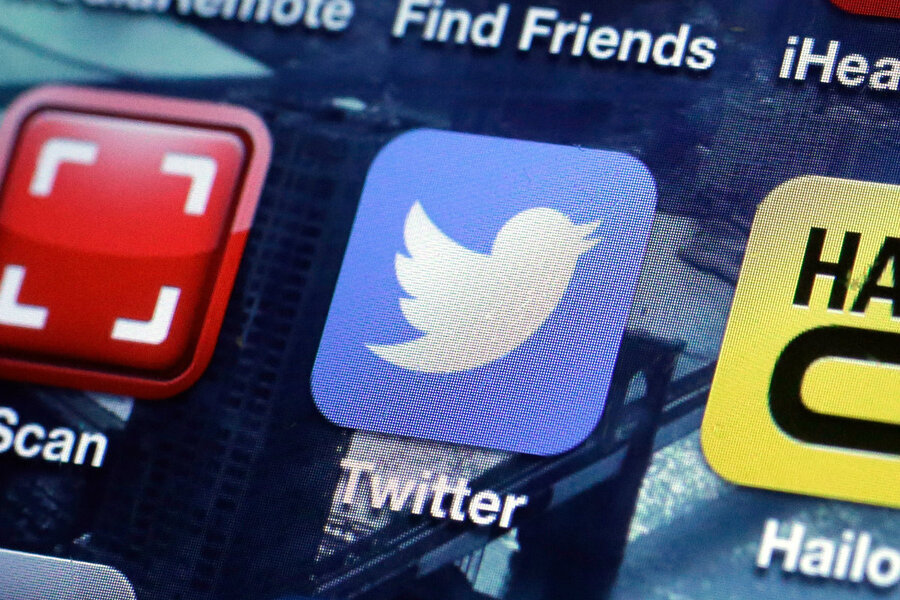After 11 years of free service, Twitter considers premium subscription: Why?
Loading...
Could a paid version of Tweetdeck be Twitter's path to profitability?
On Thursday, Twitter announced that it is considering launching a paid premium subscription program.
The social network, though has drawn recent publicity as one of President Trump’s preferred modes of communication, has failed to bring in significant ad revenue with its free service.
The new subscription model, targeted at professionals, removes ads on the platform, but analysts are skeptical that it will reinvigorate Twitter’s growth. They point to the 140-character model as the problem.
The new program, according to Twitter spokeswoman Brielle Villablanca, will be built on Tweetdeck, an existing tool that helps users navigate and manage the network. Twitter acquired the dashboard in May 2011, and has since worked to incorporate the application into its system.
Twitter is conducting a survey "to assess the interest in a new, more enhanced version of Tweetdeck,” Ms. Villablanca told Reuters in a statement on Thursday.
"We regularly conduct user research to gather feedback about people's Twitter experience and to better inform our product investment decisions, and we're exploring several ways to make Tweetdeck even more valuable for professionals,” she explained.
The announcement came as the tech company reported another quarter of sluggish growth – its revenue grew 1 percent in the fourth quarter to $717.2 million, The Christian Science Monitor reported in February. Facing strong competition from other social networks, including Facebook, Snapchat, and Instagram, the company warned its investors in a letter in February that its revenue could “be further impacted by escalating competition for digital ad spending.”
Online ad revenue of $638 million, which accounted for nearly 90 percent of Twitter’s fourth quarter revenue, is lower than previous quarters’ earnings.
Twitter has built a user base of 319 million worldwide over the course of 11 years. Its unique service, which allows users to write “tweets” of no more than 140 characters, has earned popularity among many celebrities.
But compared to its competitors, Twitter’s number of users still comes short. Facebook has over 1.8 billion users, and Instagram has over 600 million users.
“We believe that this is a tough proposition considering Twitter’s meager user growth amid significant competition,” wrote analysts from Zacks Equity Research on Friday. “The complex nature of Twitter’s service has been often considered as a major hindrance to user growth.”
While Snapchat has only 156 million users worldwide by the end of 2016, its rapid growth in ad revenues, which Zacks Equity anticipated to be 157.8 percent higher in fiscal year 2017 than in 2016, means that Twitter’s share in the ad revenue market is under serious threat.
However, citing examples of LinkedIn, the business and employment oriented social network that offers a paid premium package and a free version to its users, analysts said Twitter’s new proposed model might work.
“We believe that the subscription model can find takers among professionals, who prefer to work in an ad-free environment. A tiered pricing structure with additional features, much like LinkedIn, can actually help Twitter to attract new users,” Zacks Equity wrote. “Moreover, the company’s focus on promoting live video streaming will help the company to remain competitive in the market.”
This report includes material from Reuters.








